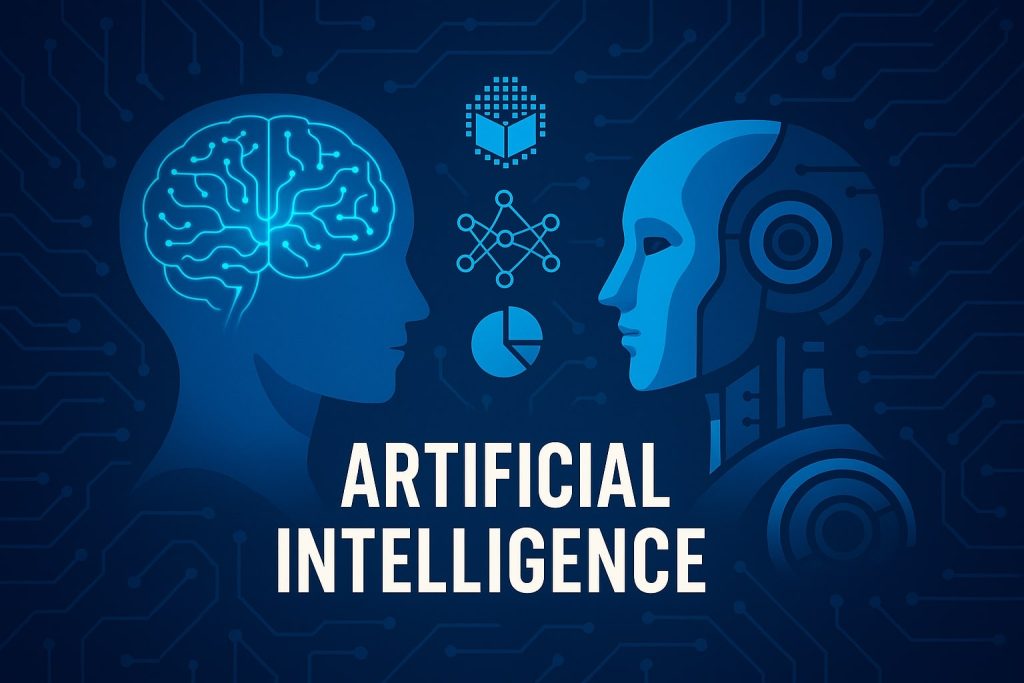The Majestic Pemgiri Banyan Tree Sangamner: A Hidden Wonder of Maharashtra
Introduction Nature often surprises us with extraordinary creations that leave us spellbound. One such marvel is the pemgiri banyan tree sangamner, an awe-inspiring natural wonder located in Ahmednagar district of Maharashtra. Considered one of the largest banyan trees in India, it spreads over several acres, offering shade, stories, and spirituality to everyone who visits. Beyond being just a tree, it is a living ecosystem, a cultural landmark, and a heritage site that binds nature, history, and people together. In this blog, we’ll explore the history, cultural significance, ecological value, and travel details of the pemgiri banyan tree sangamner, along with insights about Pemgiri village and nearby attractions. A Natural Giant in Pemgiri Village The pemgiri banyan tree sangamner is not just another tree it is a forest in itself. Located around 22–25 km from Sangamner, the banyan tree covers nearly 2.5 to 4 acres of land. With its countless aerial roots dropping down like pillars, it forms a massive green canopy that looks like a natural fort. This unique formation makes visitors feel as though they are walking through a living maze of roots and branches. The shade it provides is so vast that entire gatherings, fairs, and spiritual activities are often conducted under its cover. For locals, it is not merely a tree but a guardian that has protected their village for centuries. History and Legends of the Pemgiri Banyan Tree Every great tree has a story, and the pemgiri banyan tree sangamner is deeply rooted in folklore and faith. Local villagers believe the tree is connected to the deities Jakmat Baba and Jakai, who once sacrificed themselves to save their animals from a tiger. Because of this legend, the tree is considered sacred, and harming its branches is believed to bring bad luck or even a curse. Nearby, a small shrine is dedicated to a saint, reinforcing the tree’s spiritual aura. Many villagers still believe that the saint’s blessings protect Pemgiri village, and that the banyan tree serves as a holy symbol of strength and unity. Why You Should Visit the Pemgiri Banyan Tree Sangamner Pemgiri village, where the banyan tree stands, is a peaceful rural settlement governed by a gram panchayat. According to the 2011 Census, it has around 3,600 residents spread across more than 720 households. The literacy rate is nearly 75%, which is quite impressive for a rural area. The village offers basic amenities such as schools, healthcare facilities, electricity, and irrigation. Most of the residents are engaged in farming, making the area rich in agricultural diversity. The presence of the pemgiri banyan tree sangamner has also boosted eco-tourism, drawing visitors, researchers, and nature lovers from across Maharashtra. How to Reach the Pemgiri Banyan Tree Reaching the pemgiri banyan tree sangamner is quite convenient for travelers from nearby cities.– From Sangamner: The tree is about 22–25 km away, easily accessible by road.– From Nashik: It lies around 90 km from Nashik, making it a perfect weekend getaway.– From Pune: Travelers can cover the 150 km distance in about 4 hours.– By Public Transport: Local buses and private vehicles frequently connect Sangamner and Pemgiri village.The final stretch of the journey involves narrow village roads, but signboards and guidance from locals make it easy to locate the tree. What to Experience Under the Tree Walking beneath the canopy of the pemgiri banyan tree sangamner is like entering a natural cathedral. Its thick aerial roots resemble strong pillars, while its wide branches form arch-like passages that invite exploration.Visitors often describe the experience as peaceful and spiritual. Under the shade, you’ll find:– Small shrines and idols of deities and local heroes.– Virgals (hero stones) that narrate stories of warriors and protectors.– Chirping birds and small animals making the tree their permanent home.– Cool breezes even during hot summer days.During monsoon, a small stream nearby flows with fresh water, enhancing the beauty of the place. Families and travelers often picnic here, enjoying the serene environment. Ecological Significance The pemgiri banyan tree sangamner is not only a cultural symbol but also an ecological treasure. Its vast canopy supports a mini-forest ecosystem, providing habitat to numerous species of birds, insects, and small mammals. The tree helps in soil conservation and maintains groundwater levels.Moreover, banyan trees are known for their longevity some living for hundreds of years. This makes the Pemgiri tree an important contributor to biodiversity conservation in the region. Nearby Attractions: Pemgiri Fort A short distance away lies the historic Pemgiri Fort, also called Bhimgad or Shahagad. The fort stands atop a hill at around 2,700 feet above sea level and has historical links to the Maratha era. Inside, you’ll find old rock-cut water tanks, inscriptions, temples, and remnants of Maratha architecture.Many travelers combine a visit to the fort with the banyan tree, making it a perfect mix of natural beauty and historical exploration. Best Time to Visit The pemgiri banyan tree sangamner can be visited year-round, but each season offers a different charm:– Monsoon (July–September): The area becomes lush green, and streams flow nearby.– Winter (October–February): Best season for trekking, picnics, and family outings.– Summer (March–June): Though temperatures rise, the tree’s shade offers relief.For a peaceful experience, weekdays are better. Weekends attract more visitors, vendors, and families, which creates a lively atmosphere. Local Culture and Village Life Visiting Pemgiri gives travelers a chance to experience authentic village life. Farmers selling fresh guavas, peanuts, and seasonal fruits often greet visitors near the banyan tree. A few small tea stalls provide refreshments and create a welcoming environment.The villagers take pride in the pemgiri banyan tree sangamner, protecting it as a sacred heritage. Every year, small fairs and gatherings are organized under its shade, where cultural songs, prayers, and stories are shared across generations. Travel Tips for Visitors If you’re planning a trip to the pemgiri banyan tree sangamner, here are some helpful tips:1. Arrive early in the morning to enjoy the serenity.2. Carry drinking water and snacks, although small stalls are available.3. Wear comfortable shoes for walking under the sprawling roots.4.






